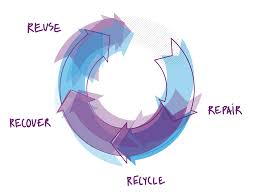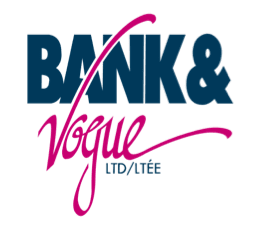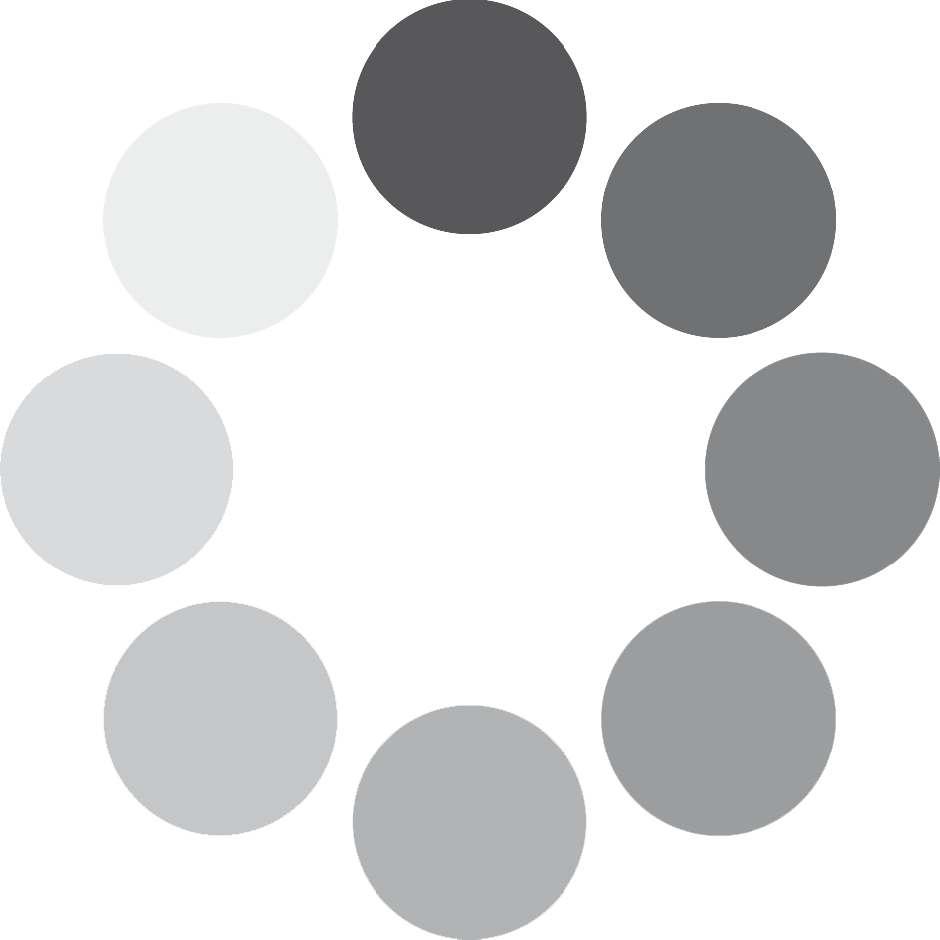The circular economy is the backbone of the used goods industry, and a source of opportunity for the textiles sector. By adopting circular thinking, studies by UK organization WRAP show global economic opportunity worth $700 billion for the consumer goods sector as a whole. So what exactly is the circular economy?
Essentially, a circular economy is an alternative to a linear economy. While a linear economy involves goods being made, used, and then disposed of, its circular counterpart involves keeping resources in use as long as possible, obtaining maximum value from the goods in use, and then recovering and reusing materials at the end of the product life.
The textile and used goods sector excels when this type of economy is put into place. WRAP’s study states that $4.5 billion per year could be cut from the cost of resources used to produce clothing, and help to eliminate the seven hundred million pounds of used clothing wasted in landfills per year.
The first step in the circular economy cycle, design and manufacturing, provides the foundation for a long and fruitful clothing life cycle. Approximately 80% of the impact a product will have on the environment is decided at this stage. There are several ways to achieve a more efficient design including zero waste model and fabric and pattern optimization.
Zero waste design means patterns are engineered and created with the idea that every part of the material will be used, eliminating fabric waste. Fabric and pattern optimization involves using software functions to construct patterns with unique silhouettes and less waste. Around 400 million pounds of waste are produced at the design and manufacturing stage each year in the UK, so improving design efficiency is essential.
By purchasing used goods through Bank & Vogue, you’re contributing to the circular economy by improving product longevity and economic efficiency!







